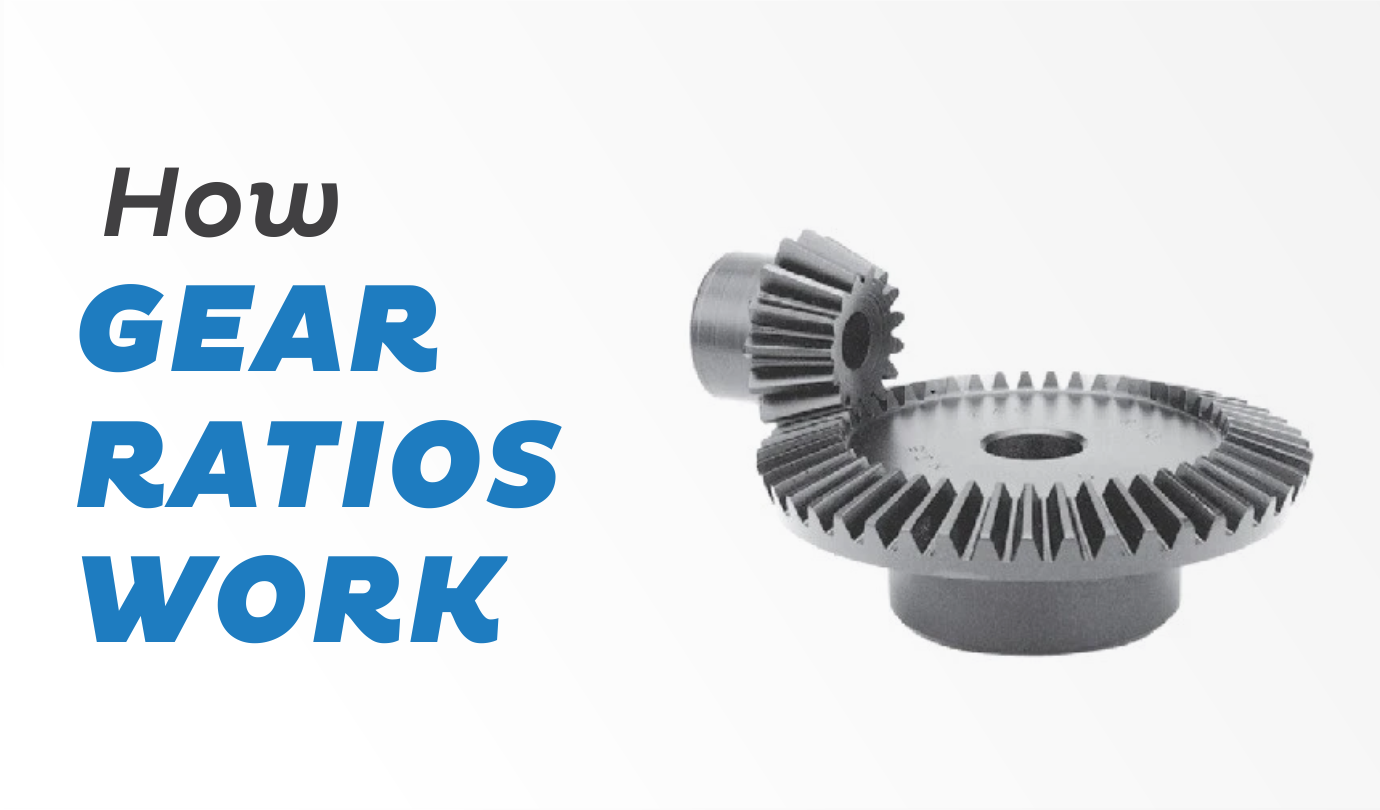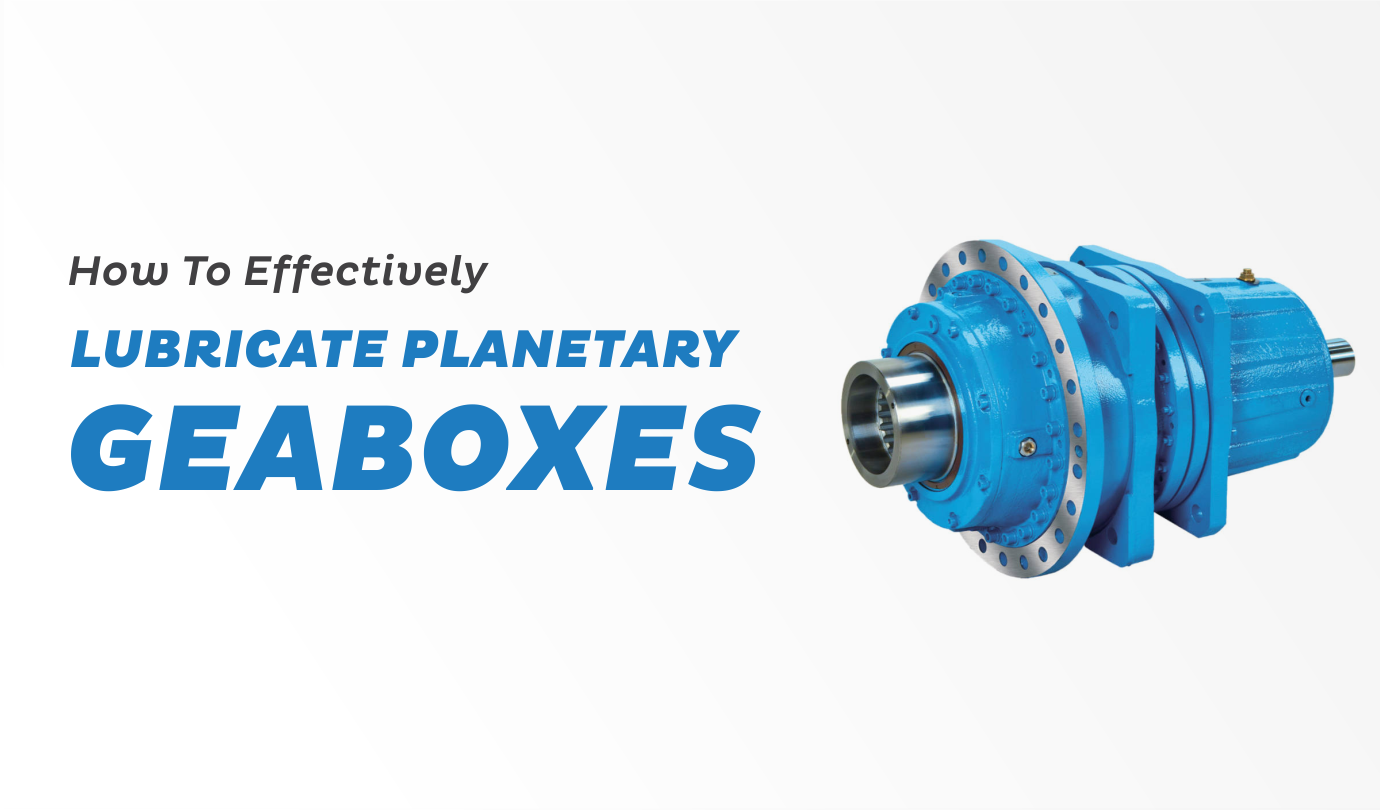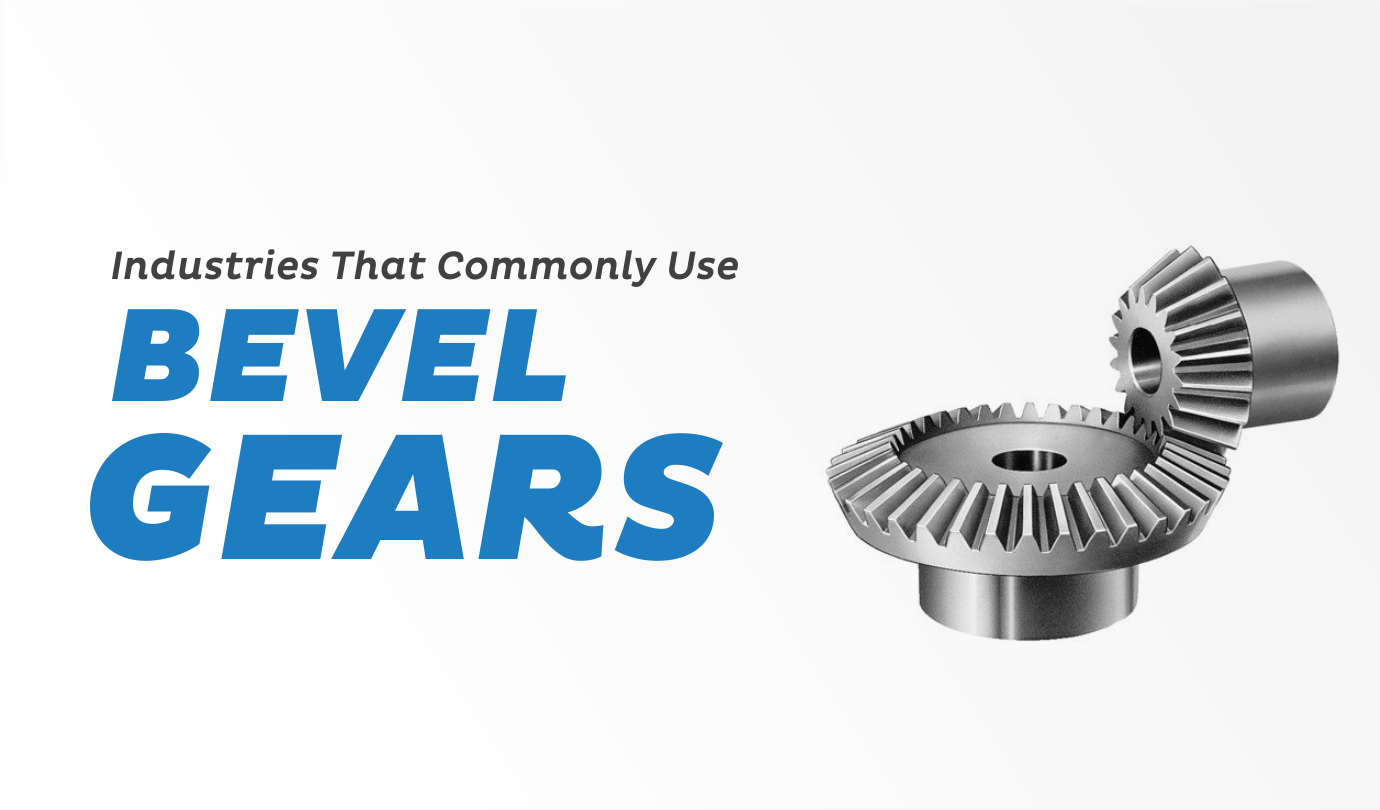Choosing a gearbox may be extremely challenging. While the power transmission sector may need a gearbox to accommodate overhung loads, the motion control and the servo industry may require a gearbox to handle dynamic motion. Customers may pick from a choice of sufficient gearboxes to meet various criteria. A bad choice may necessitate the acquisition of a more costly gearbox.
One of the first areas of contention regarding size is the distinction between motor and load sizing. While sizing the motor to the gearbox may be easier and result in a functional transmission, it will arise in purchasing a bigger gearbox than necessary. Additionally, this gearbox is overqualified for the application. However, fitting the gearbox to the load ensures that it matches the application, is more cost-efficient, and may have a smaller footprint.
Components of Sizing Applications That Are Frequently Used
There are many components of gearbox sizing that are applicable in all circumstances. This section will discuss those criteria in-depth and provide insight.
1. Service Factor
The service factor is commonly described as the difference between an application’s needed value and the unit’s rated value. The client should identify the service factor before sizing an application. The service factor must be evaluated for non-uniform load distribution, service hours, and higher ambient temperature.
2. Ambient Temperature and Environmental Conditions
Increased ambient temperatures result in a rise in internal pressure, necessitating an elevation in the service factor utilized. Extremely high or extremely low temperatures might require the use of various seal materials and lubricating viscosities. The environment in which the gearbox will work is also critical for sizing. Harsh surroundings might exacerbate the unit’s wear and tear. Dusty or unclean conditions sometimes need the use of specific materials to avoid corrosion or the development of microorganisms.
Food and beverage processing industries need FDA-compliant coatings and oils. Vacuum situations will demand particular grease and heat dissipation considerations since there will be no air to cool. Failure to consider these environmental factors might result in a gearbox that is incapable of supporting the application correctly. All of these aspects should be taken into account when sizing a gearbox.
3. Shock Load or Load Type
High shock and impact loads might increase gear tooth and shaft bearing wear. If not considered during sizing, this wear might result in early failure. These additional loads will need an increase in the service factor. Uniform loads are those that stay consistent throughout the application, while non-uniform loads fluctuate. Even if the load is minimal, non-uniform loads demand a larger service component than uniform loads. A uniform load is exemplified by a conveyor that carries a constant quantity of goods. Any kind of irregular cutting application would be considered a non-uniform load. This irregular cutting force results in a periodic rise in the torque applied to the gearbox, creating an unbalanced load.
4. Output Style or Mechanism
A sprocket, pulley, and toothed pinion are all examples of output mechanisms. Different output designs, such as multiple output shafts or shaft mounted bushings reduce the unit’s rated overhung load. Various output systems impose different shaft loads on the shaft, which must be considered. While most mechanisms generate a lot of radial stress, some, such as helical gearing, may also generate axial load. These outputs may require different bearings to accommodate the additional radial or axial load.
5. Output Shaft and Hollow Bore Dimensions
While sizing an application, it is necessary to consider the output shaft & bore sizes specified by the client. These may include whether the unit has a stainless output, a keyed and keyless shaft, a keyed and keyless hollow bore, or perhaps a flanged output in combination with any of the foregoing. Obtaining the proper bore size for a unit may require the client to acquire a bigger gearbox or a gearbox with a different type to match their existing shaft. In certain cases, the client may be able to change their shaft to utilize the most cost-effective component while still offering an excellent solution.
6. Housing Types
Additionally, while picking a gearbox, it is critical to consider how it would be mounted. A unit may have mounting feet, an output flange, or tapped holes across several sides. These housing types may restrict how a device is mounted; thus, choosing alternatives may eliminate the need for specialized frames or brackets. For instance, having tapped holes on the unit’s bottom face removes the requirement for a specialized L-bracket to attach around the output.
Power Transmission Considerations To Take Into Account
Certain variables affecting the sizing procedure are industry-specific. The output RPM, motor horsepower, frame size, and overhung load all affect the application calculations in the power transmission business.
Output RPM
The client must calculate the gearbox’s working ratio or supply input/output speed & operating hertz (Hz) for computation. The industry standard is a 1450RPM input at 50 Hz. Any adjustments must be stated throughout the sizing process since they affect the ratio computation—failure to make modifications into account results in a gearbox that would not meet the customer’s specifications.
Motor Horsepower and Frame Dimensions
Before determining the service factor, the gearbox size plus input option should be specified. Once the gearbox has been sized, the actual service factor is calculated using the needed horsepower. Large horsepower motors create heat, which might have a detrimental effect on the mechanical ratings of the reducer. Based on the higher heat generated, this lower rating is referred to as a reducer’s Thermal Capacity and must be taken into account when employing big motors.
General Shaft Load
Sizing must ensure that the load does not cause damage to the gearbox. The force, expressed in Newton[ASP3] that the output shaft can withstand, is referred to as the Overhung Load rating. If the speed reducer’s rating is much less than the application, it will be damaged.
Conclusion
Customers should size their gearboxes based on the load. This will guarantee they obtain a cost-efficient and appropriate solution for the application. Sizing considers the service factor, the surroundings, temperature conditions, shock load, output type, and hours of service. Hence, you should ideally take all of these into consideration while selecting the right type of gearbox for your application. If you have some doubts or are looking for a high-quality gearbox, we at Premium Transmission can help! Contact our experts for more information today.













